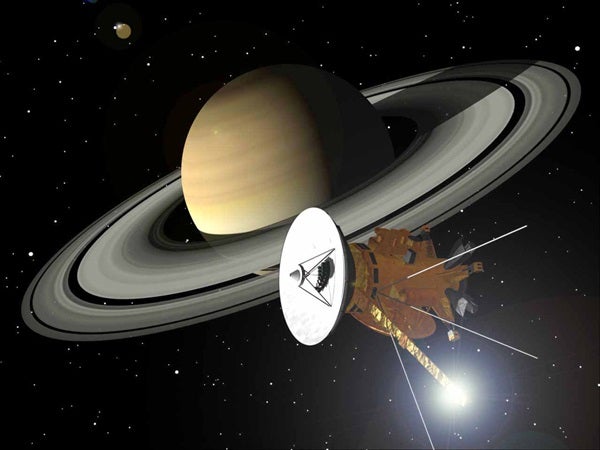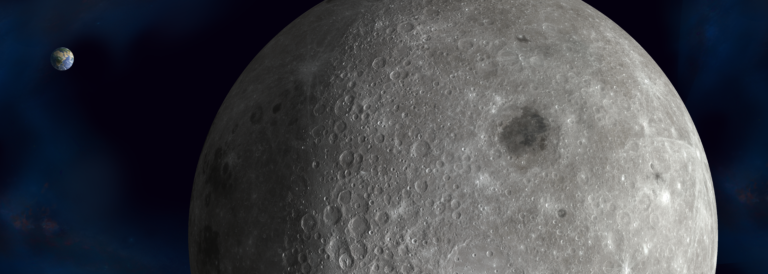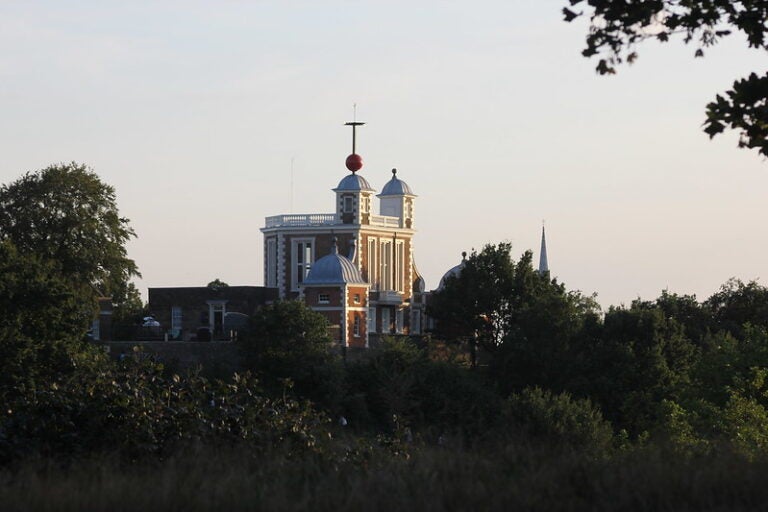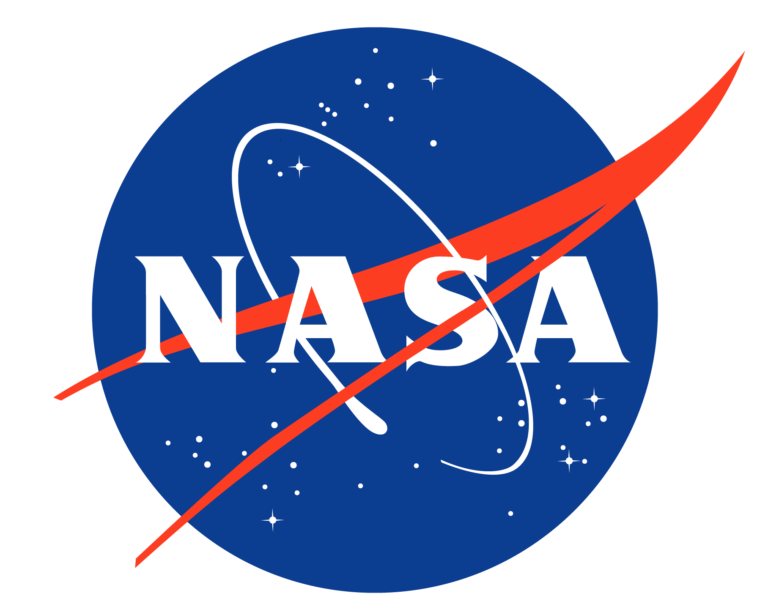Space suits lead to durable roofing
In the early 1960s, NASA engineers designing the Apollo nylon space suits needed the outer layer to be durable, strong, flexible, lightweight, and noncombustible. NASA ended up incorporating ultrafine glass filaments (twisted into yarn) into the fabric, which was then coated with polytetrafluoroethylene (Teflon). This “beta cloth” was part of the outer layer of the A7L space suits, which astronauts wore for the Apollo and Skylab missions. While NASA’s space suits use different material for today’s missions, the fiberglass material is now used as a roofing material. It is pound-for-pound stronger than steel and weighs much less — just about 5 ounces per square foot. The new Dallas Cowboys stadium in Arlington, Texas; the Elrey Jeppesen Terminal of the Denver International Airport in Colorado; and the Millennium dome in Greenwich, United Kingdom, are just three buildings that use this durable fabric.
NASA’s many solar system explorers send back an incredible amount of data to NASA’s Planetary Data System (PDS), and researchers needed a way to sift through it effectively. Computer scientists with the Jet Propulsion Laboratory in Pasadena, California, developed software that essentially transformed PDS into a virtual data management system called the Object Oriented Data Technology (OODT). OODT is open-source and available for public use. Now medical groups are using the framework. The National Cancer Institute uses it to share research and early detection of cancer biomarkers across multiple laboratories, and the Children’s Hospital Los Angeles joins together care units with the system to allow doctors to make better treatment decisions.
If you want to learn more about these specific technologies or many more, NASA compiles a descriptive list at the NASA Spinoff website.











